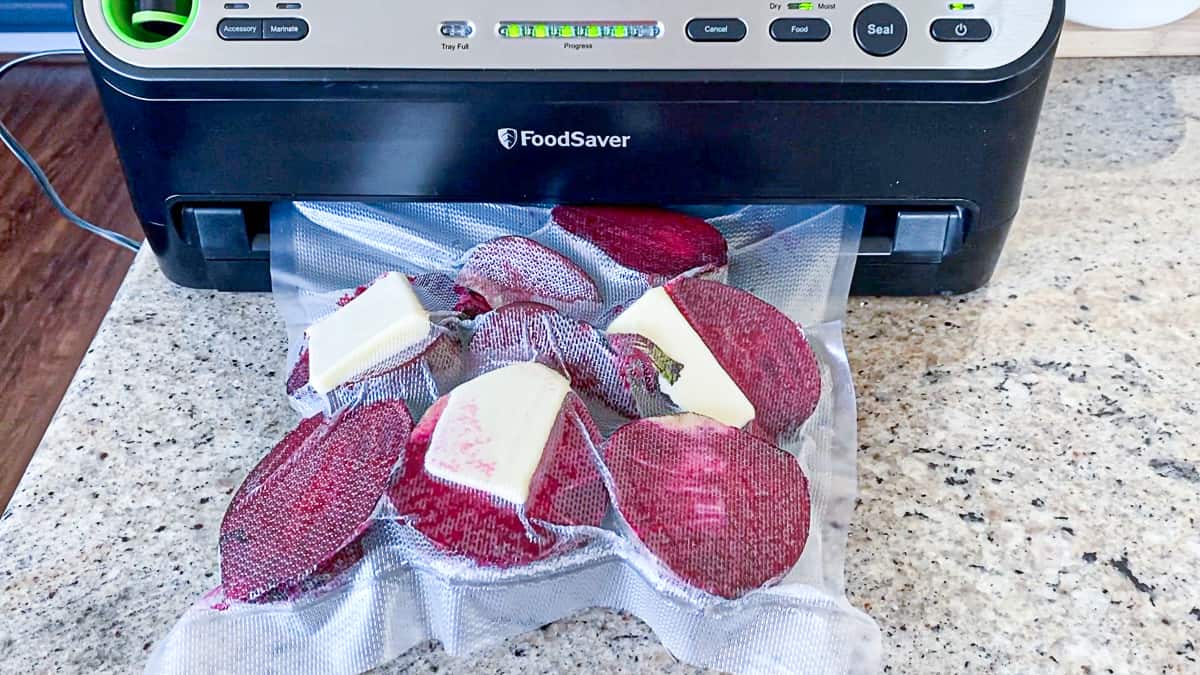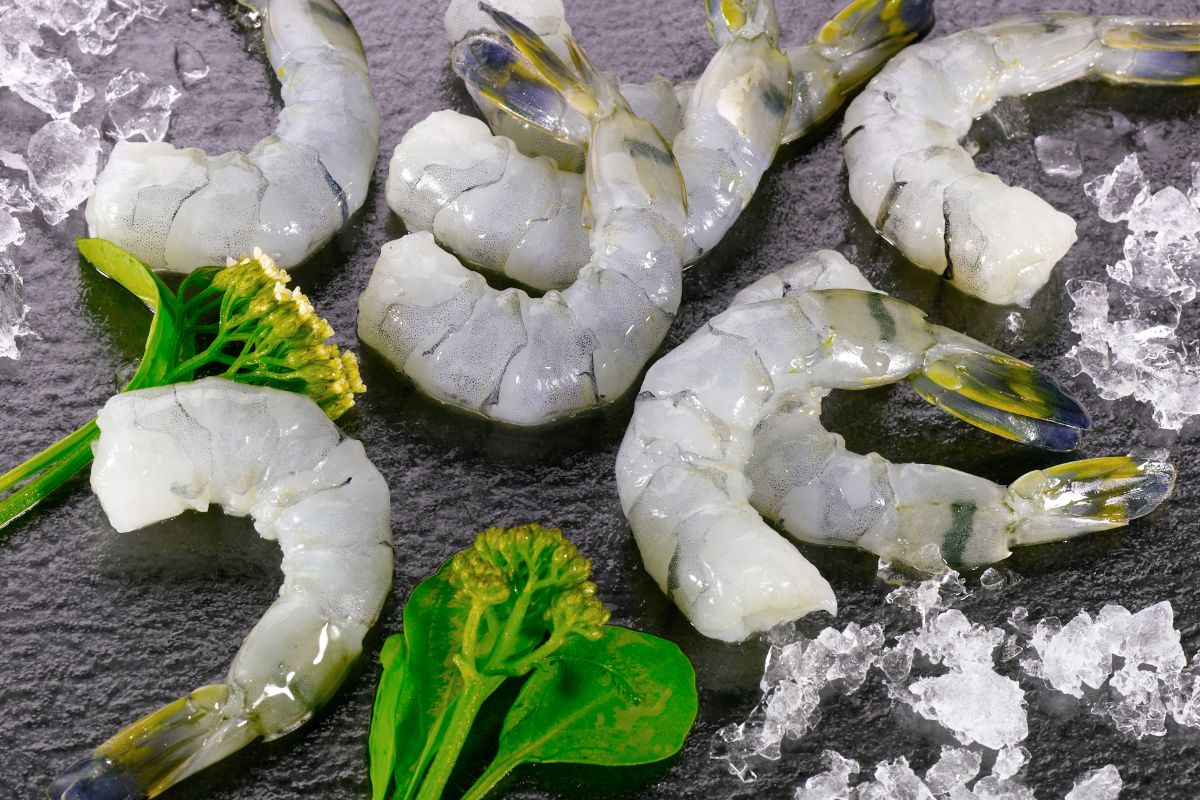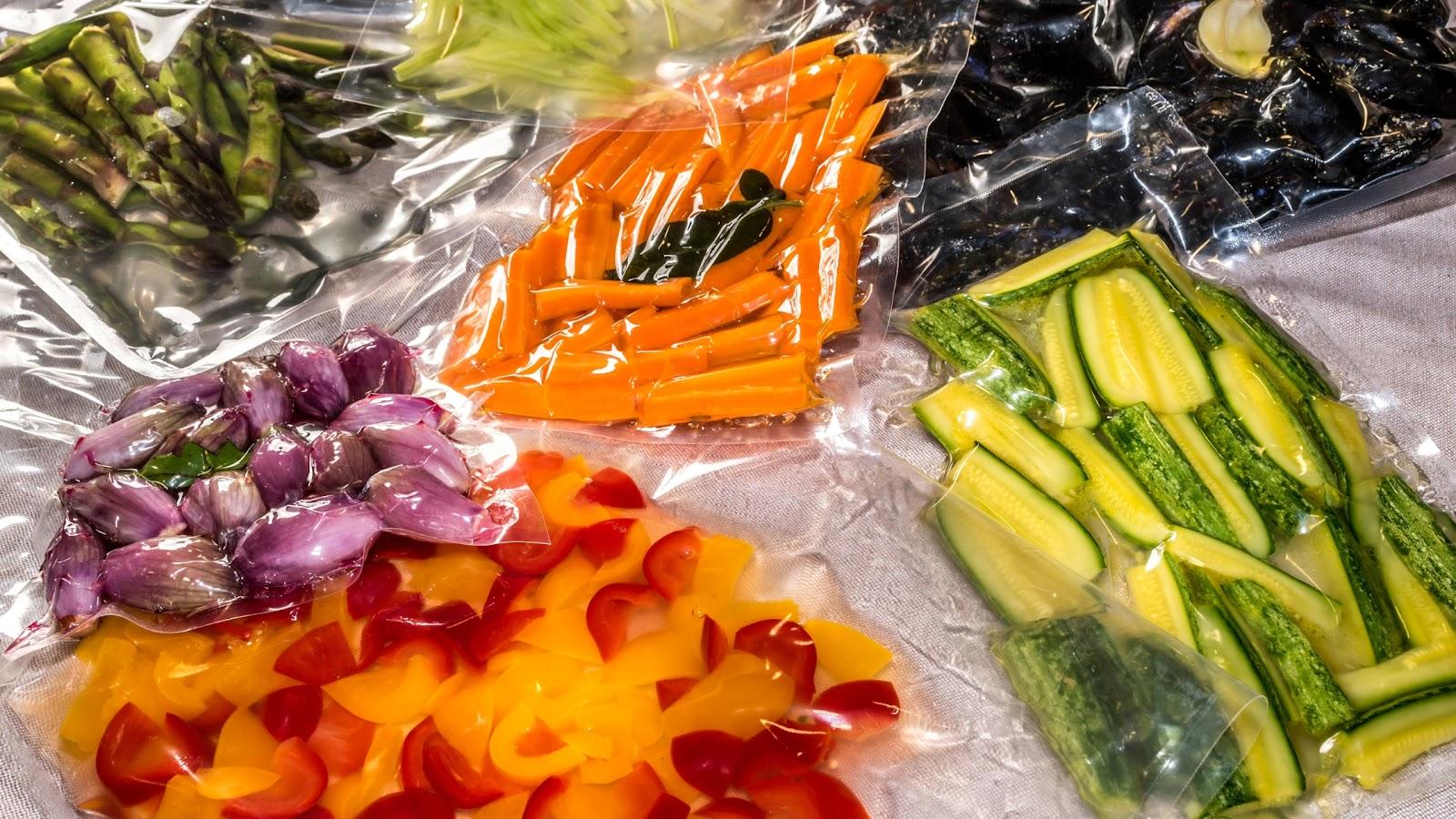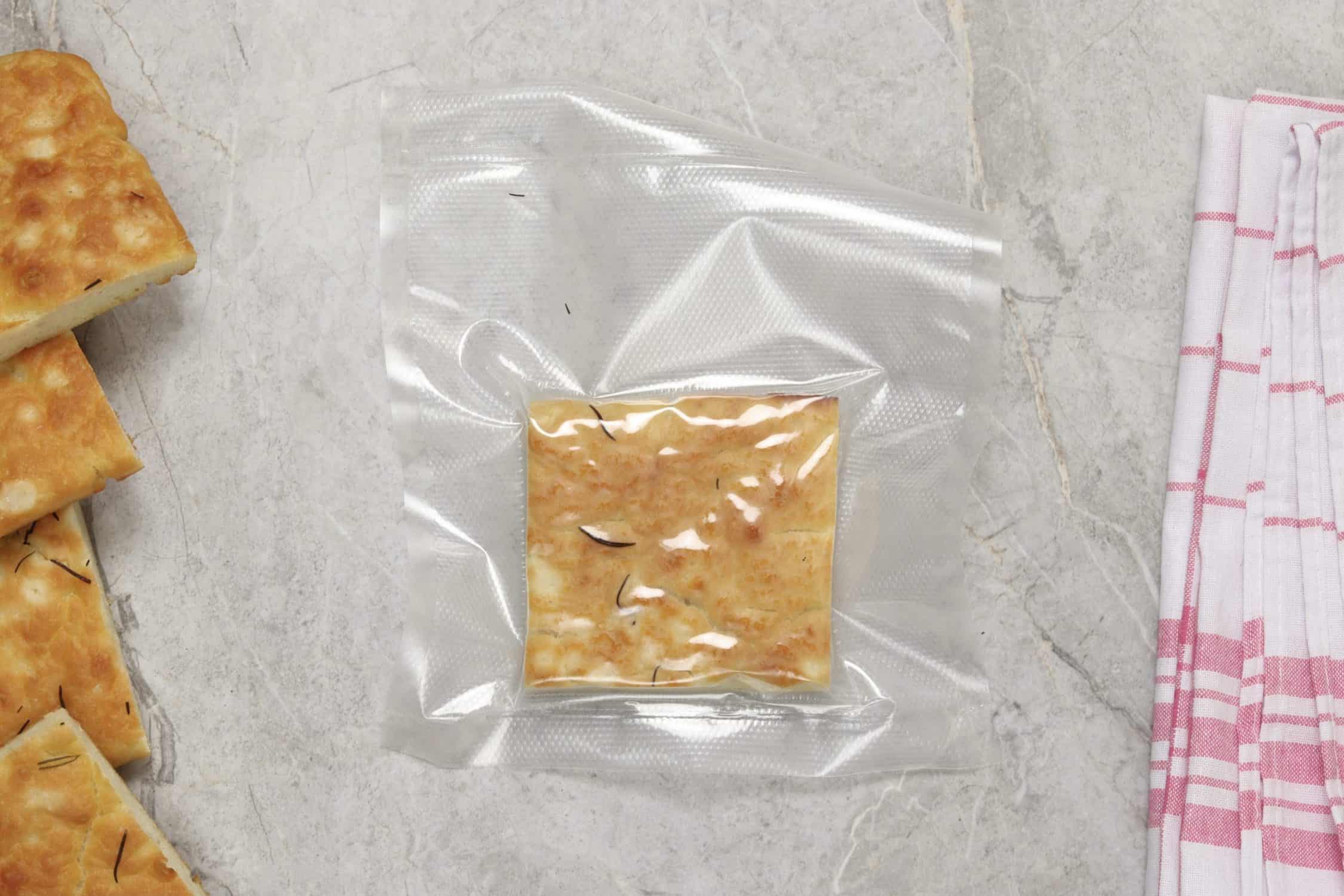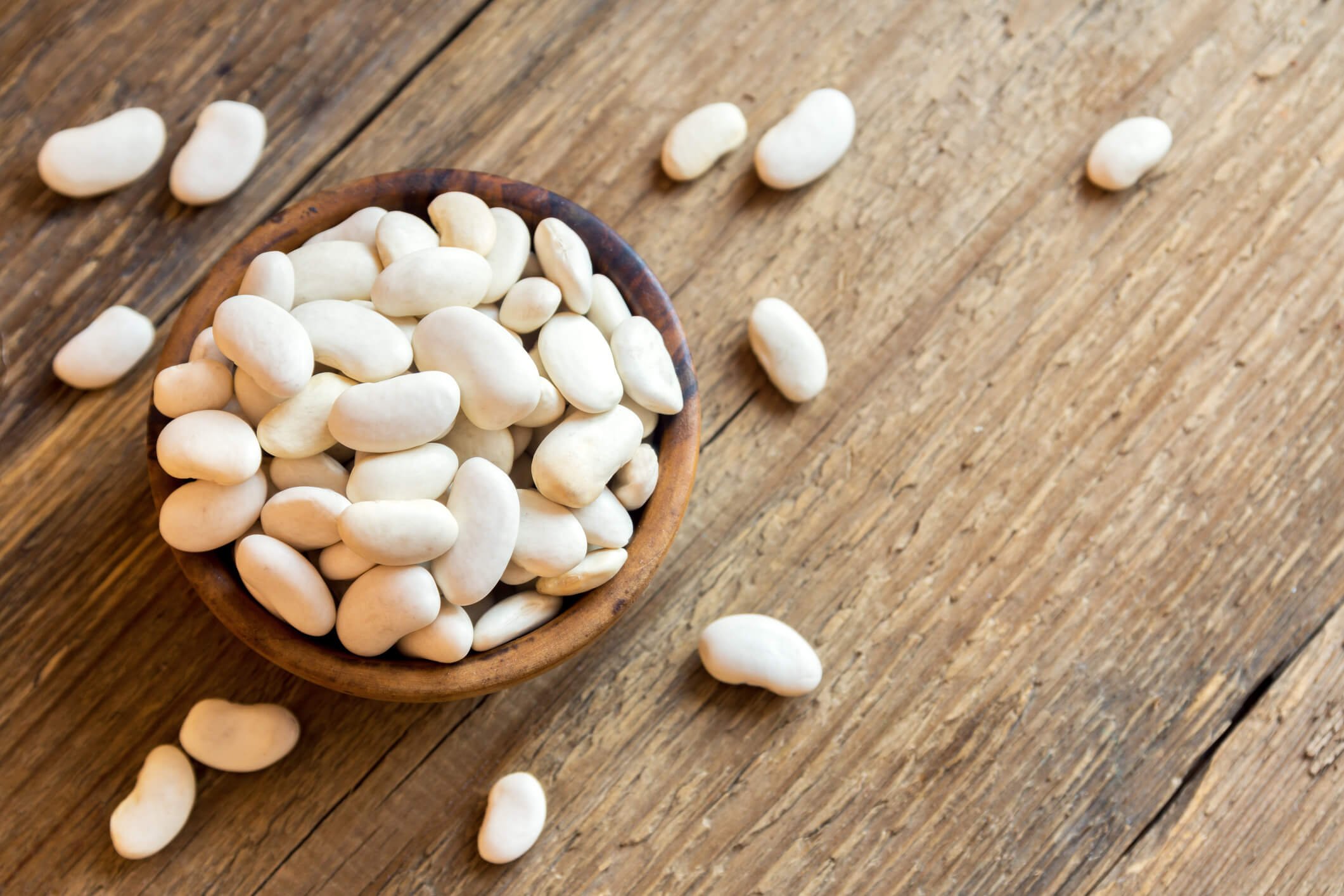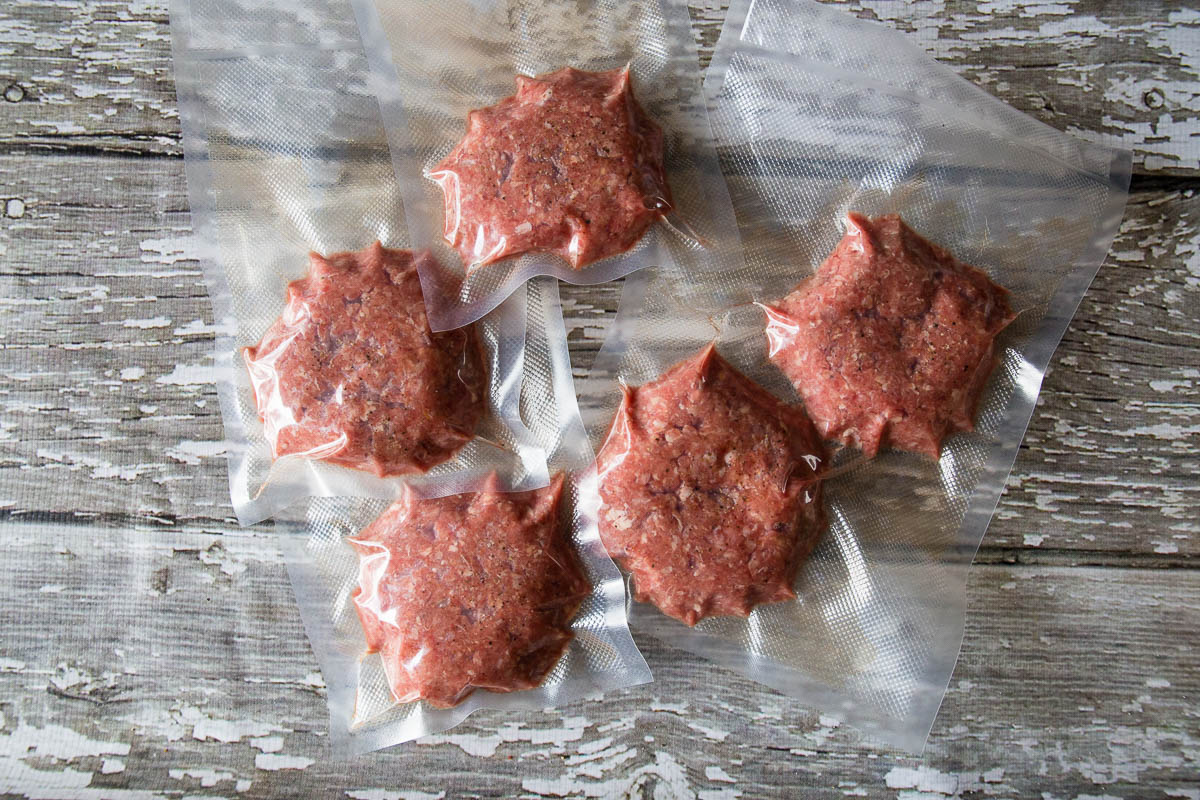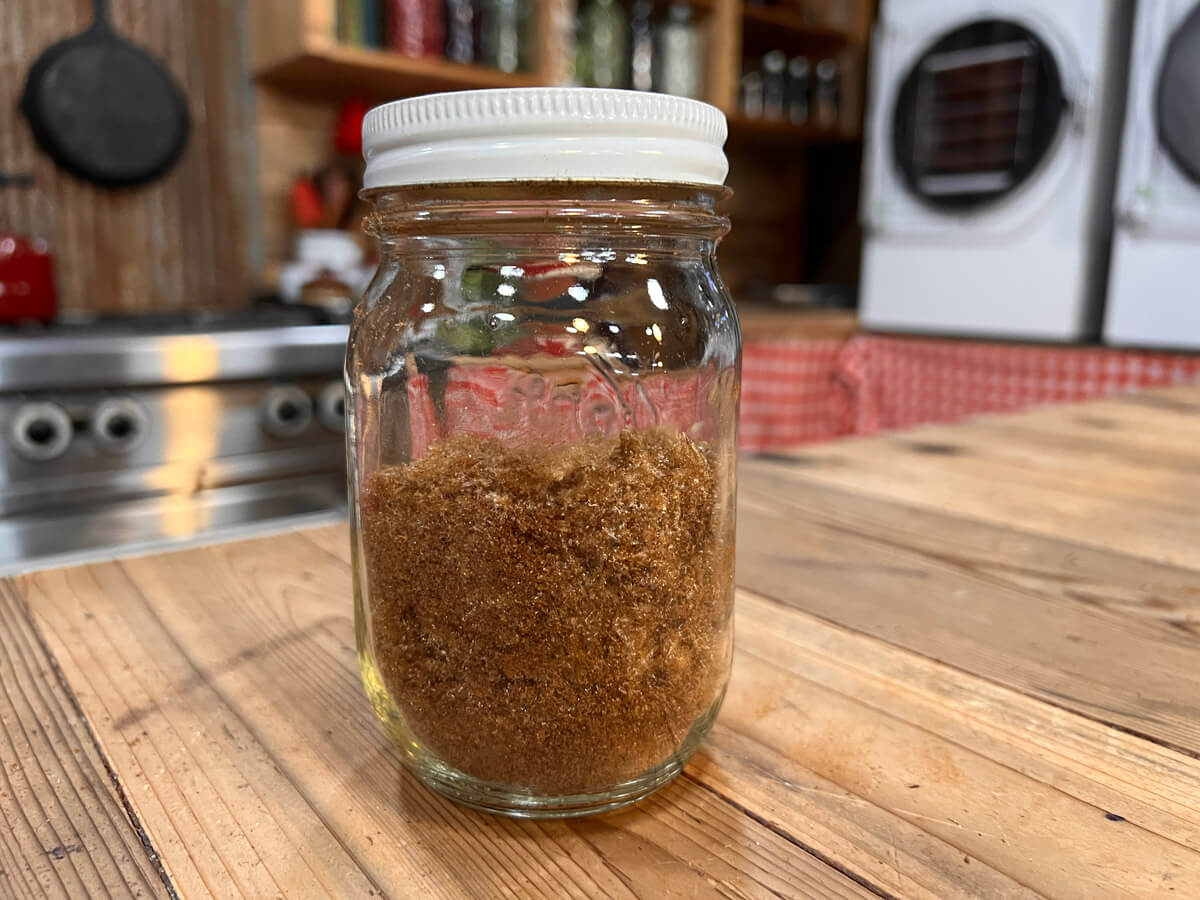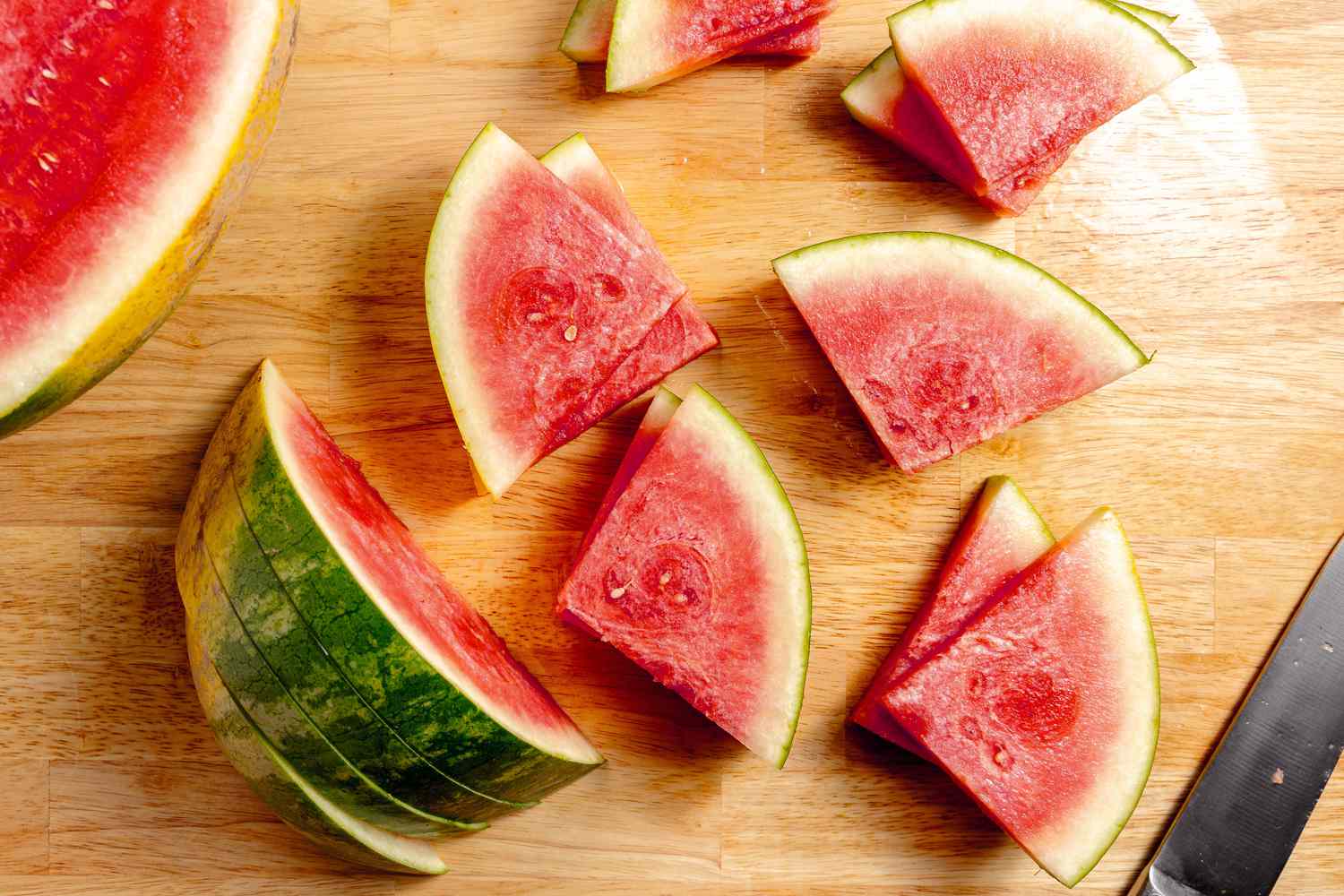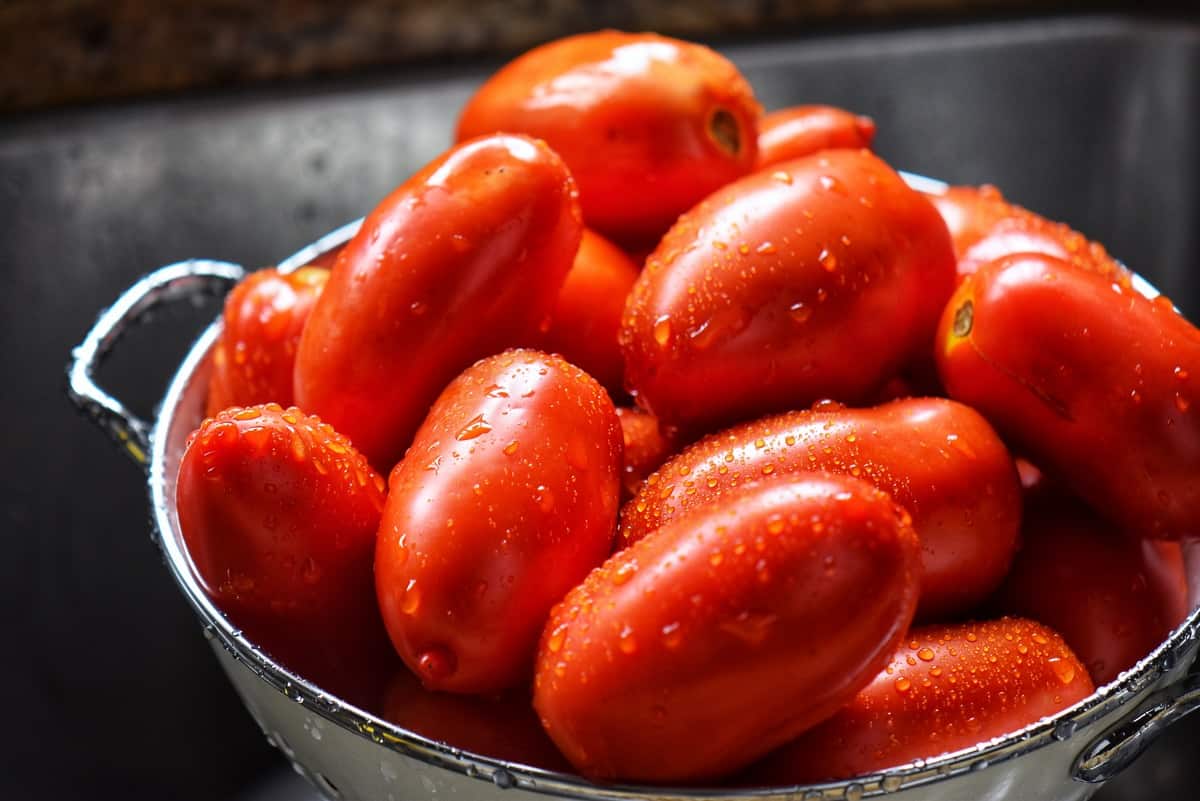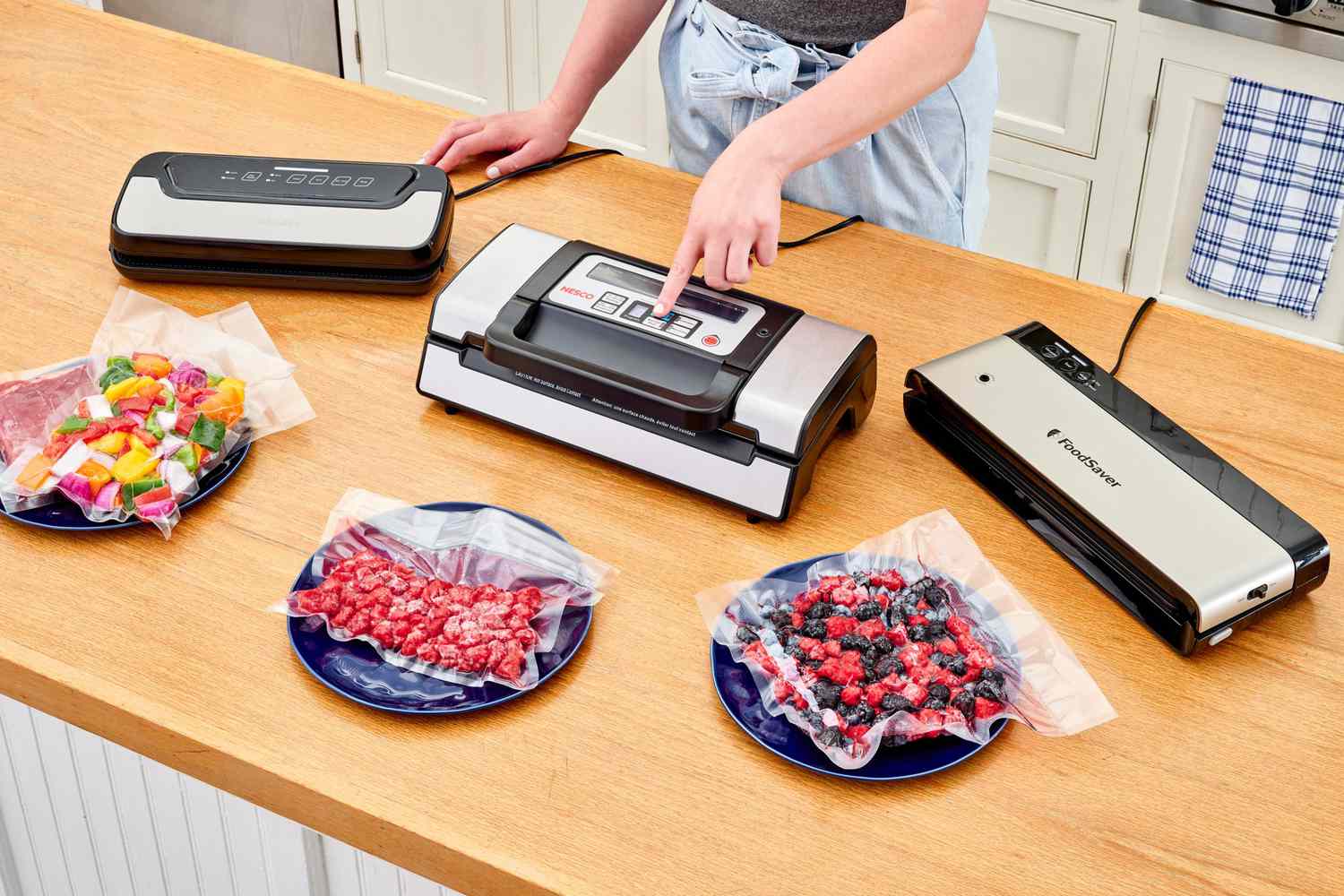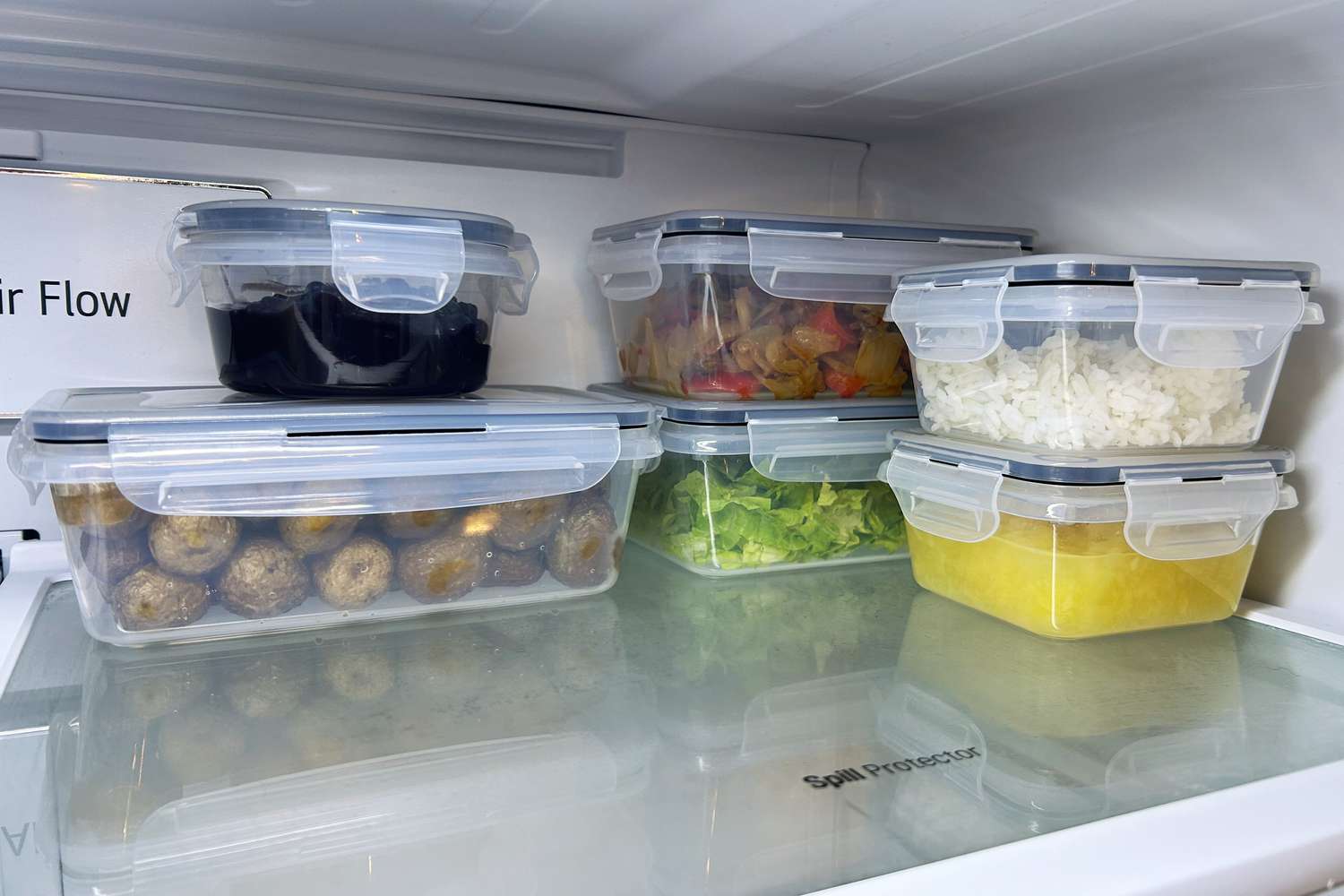Mastering the Art of Vacuum Sealing for Sous Vide Cooking
Welcome to the wonderful world of sous vide cooking! If you’re new to this method or a seasoned pro, you know that achieving the perfect sous vide dish requires precision and attention to detail. One crucial step in the sous vide process is vacuum sealing your ingredients. In this guide, we’ll walk you through the ins and outs of vacuum sealing for sous vide, so you can elevate your culinary skills to the next level.
Why Vacuum Seal for Sous Vide?
Before we dive into the how-to, let’s quickly touch on why vacuum sealing is essential for sous vide cooking. Vacuum sealing removes air from the cooking pouch, ensuring that your ingredients are in direct contact with the water, promoting even cooking and preventing oxidation. This method also helps to infuse flavors and marinades more effectively, resulting in deliciously tender and flavorful dishes.
Choosing the Right Equipment
When it comes to vacuum sealing for sous vide, having the right equipment is key. Here’s what you’ll need:
- Vacuum Sealer: Invest in a high-quality vacuum sealer designed for sous vide cooking. Look for one with adjustable settings and a reliable seal.
- Vacuum-Sealable Bags or Pouches: Opt for bags specifically designed for sous vide cooking, as they are durable and can withstand the cooking temperatures.
Preparing Your Ingredients
Before you start vacuum sealing, it’s important to properly prepare your ingredients. Here are a few tips to keep in mind:
- Trim and Season: Trim excess fat and season your ingredients as desired before placing them in the vacuum-sealable bags.
- Arrange Ingredients: Arrange your ingredients in a single layer within the bag to ensure even cooking and efficient heat transfer.
The Vacuum Sealing Process
Now that you have everything ready, it’s time to start vacuum sealing for sous vide. Follow these steps for a successful vacuum seal:
- Place Ingredients in Bag: Carefully place your prepared ingredients into the vacuum-sealable bag, ensuring they are arranged in a single layer.
- Sealing the Bag: Place the open end of the bag into the vacuum sealer and close the lid. Activate the vacuum sealing function to remove the air from the bag and create a secure seal.
- Double Check the Seal: After the vacuum sealing process is complete, double-check the seal to ensure it is airtight and secure.
Tips for Successful Vacuum Sealing
To ensure optimal results when vacuum sealing for sous vide, keep these tips in mind:
- Avoid Overfilling: Do not overfill the bags, as this can prevent a proper seal and lead to uneven cooking.
- Use the Correct Setting: Adjust the vacuum sealer settings based on the type of ingredients and bag being used to achieve the best seal.
- Remove Moisture: If sealing moist ingredients, use paper towels to absorb excess moisture before vacuum sealing to prevent it from interfering with the seal.
Wrapping Up
Congratulations! You’ve now mastered the art of vacuum sealing for sous vide cooking. By following these steps and tips, you can ensure that your sous vide dishes are infused with flavor and cooked to perfection every time. With the right equipment and attention to detail, you’ll be well on your way to creating restaurant-quality meals in the comfort of your own kitchen.
So, the next time you’re ready to embark on a sous vide culinary adventure, remember the importance of vacuum sealing and follow these guidelines for a seamless cooking experience. Happy cooking!
Was this page helpful?
Read Next: How To Vacuum Seal Jalapenos
